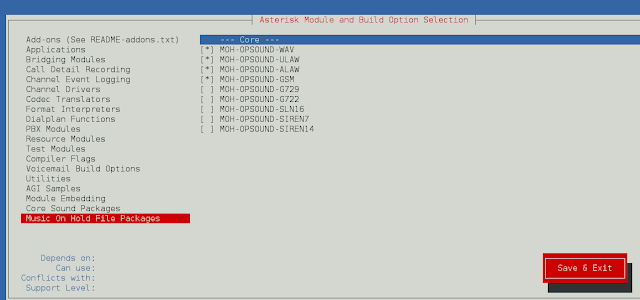The default version of the clone method creates a shallow copy of an object. In java being object-oriented, object copying is creating a copy of the existing object, so the object copied can be a similar copy of the exact copy of the object of which it is copied. There are 2 ways to copy an object as follows:
In C/C++ there
Methods of Copying
Now, copying can be of three types as follows:
- Shallow copy
- Deep copy
- Cloning
Generally, deep copy and cloning is referred to as the same deep cloning as the difference between them is a thin line where focus is laid to ease for copying objects manually using the clone() method.
1. Shallow Copy/ Cloning
- Default implementation while using the clone() method a shallow copy of the object is created. It means it creates a new instance and copies all the fields of the object to that new instance where both are referencing to the same memory in heap memory.
- clone() method of the object class supports the shallow copy of the object. If the object contains primitive as well as non-primitive or reference type variable in shallow copy, the cloned object also refers to the same object to which the original object refers as only the object references get copied and not the referred objects themselves. In simpler terms, One object is being created here while two references in the stack memory.
- It returns it as an object type, we need to explicitly cast it back to our original object. This is a shallow copy of the object.
Illustration: Shallow copying object ‘t2’
class GFG
{
int i,j;
}
main(String[] args)
{
// Copying
GFG object1 = new GFG() ;
object.i = 5;
object.j = 6;
GFG object2 = object1 ; // shallow copying object
}
Example 1
Java
// Java Program to show shallow cloning// Importing java input/output classesimport java.io.*;// Classclass GFG { // Main driver method public static void main(String[] args) { // t1 and t2 objects are used to // illustrate shallow copy // t1 is first object created in heap memory GFG t1 = new GFG(); // Creating only one object(t1) and // both objects (t1,t2) are pointing to only one // object GFG t2 = t1; // Display message // return true if reference is same that is shallow copy // false if different // Should be returning - true System.out.print( "Output: False if Deepcopy & True if shallow : "); System.out.println(t1 == t2); }} |
Output: False if Deepcopy & True if shallow : true
Output explanation:
- As seen above there were two reference variables t1, t2. Whenever the object of GFG class is created the t1 (reference variable) is pointing to one object.
- Afterward, assigning the t1 reference variable into the new reference variable t2 of the same class pointing to the same object in heap memory. Both t1 and t2 reference variables are pointing to only one object.
- It does not create a new duplicate object. The above two statements prove that both t1 and t2 reference variables are point only one object.
2. Deep copy/ cloning is the process of creating exactly the independent duplicate objects in the heap memory and manually assigning the values of the second object where values are supposed to be copied is called deep cloning.
- Whenever there is a need self copy not using default implementation is referred to as deep copy where the object to be needed is implemented as per needs. Therefore, for the deep copy, it needs to ensure that all the member classes also implement the Cloneable interface because of overriding the clone() method of the object class.
GFG object1 = new GFG() ; || Creating object of GFG class object.i = 5; object.j = 6; GFG object2 = new GFG; || Creating another object class object2.i = object1.i ; || Deep copying object2.j = object1.j ; || Deep copying
Note: In can not directly call clone() method using object.clone() as clone method in Object class of java is protected. So override the function by making access modifier as public in return super.clone() from the class created to override
Example 2
Java
// Java Program to show Deep Cloning// Importing java input/output librariesimport java.io.*;// Classpublic class GFG implements Cloneable { // Defining a method as clone method is protected // Defining within the class called cloneable interface public Object clone() throws CloneNotSupportedException { return (GFG)super.clone(); } // Main driver method public static void main(String[] args) throws CloneNotSupportedException { // Creating first object of GFG class GFG t1 = new GFG(); // Using clone() method to create duplicate object // of t1 reference variable // else for every object manually object needs // to be copied in deep copying // clone() ease this manual effort GFG t2 = (GFG)t1.clone(); // Comparing two objects just after deep copying // Returning true for shallow(by default) copying // Returning false for deep copying System.out.println(t1 == t2); }} |
false
Output explanation:
- Here, there are two reference variables t1, t2. When the object of GFG class is created, the t1 (reference variable) is pointing to one object.
- Afterward, t1 is assigned as a reference variable and calls clone() method into a new reference variable t2 of the same class. Both t1 and t2 reference variables are pointing to different objects. Here t2 has created a new duplicate object and t1 also.
- The above two statements prove that both t1 and t2 reference variable are point difference object if t1 point to O1 object than t2 point to O2 object.







